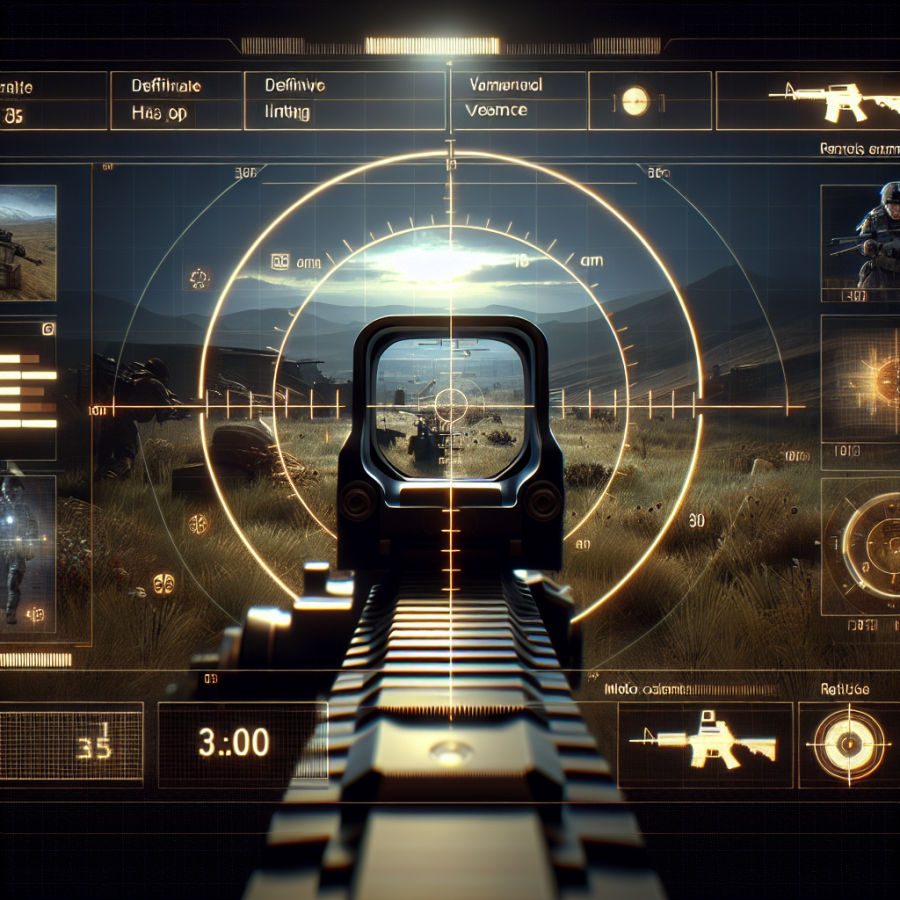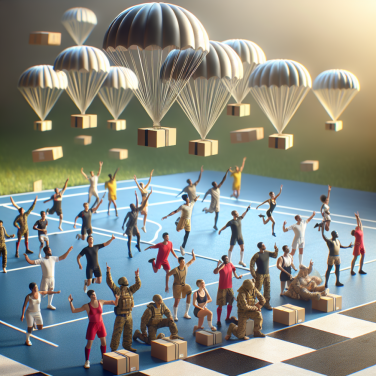Map Mastery and Strategic Play: Elevating Your First-Person Shooter Game Plan
The intricate landscapes and diverse environments you encounter in first-person shooters (FPS) are not just backdrops for the chaos of battle—they are tactical playgrounds that, when leveraged by a player with map mastery, can transform a casual participant into a dominant competitor.
Understanding the layout of a map is fundamental, but mastery extends far beyond memorizing pathways and item locations. To truly possess map mastery, one must acknowledge sightlines and vantage points. Identify where sniper bullets will likely whiz by and where close-quarters combat thrives. Recognize the choke points that become focal areas for intense confrontations and the quieter spots that allow for a planned ambush or a moment of respite to recharge.
Pay attention to the sound cues within the game's environment. A player skilled in map mastery can often predict an opponent’s movements based merely on audio, reacting even without direct line of sight. Good headphones can offer an auditory advantage, alerting you to footsteps, weapon reloads, and environmental interactions that give away positions.
Another layer to map mastery is timing. Spawn timers for weapons, armor, and health play a crucial role in maintaining an edge over the opposition. Controlling these resources can choke the opposing team’s ability to mount an offense or make a successful defense. Coupling resource timing with map knowledge enables strategic plays that keeps vital equipment in your team's hand and out of the enemy's reach.
Strategic play also involves understanding when and how to engage the enemy. Sometimes discretion is the better part of valor in FPS games, and not every encounter should lead to direct confrontation. For instance, flanking maneuvers to catch the opposition off guard or retreating to lead pursuers into a trap are as critical to a game plan as pinpoint accuracy.
Communication with your team enhances strategic play exponentially. Designating someone to call out enemy positions or to orchestrate coordinated strikes can make the most of individual map knowledge. By sharing information, you ensure that the entire team understands the map dynamics at play and can respond in harmony rather than as disparate agents.
Adaptability is also key. Every encounter won't play out as expected, and an experienced player must be ready to switch tactics at a moment’s notice. Whether it's altering your route to avoid a well-defended position or changing your weapon load-out to better suit the situation, flexibility can be just as important as a well-laid plan.
Ultimately, both map mastery and strategic play come down to experience and the willingness to learn.
Read also:
Glima: Unveiling the Viking Martial Art's Secrets
Honing Your Reflexes: Essential Skills for Dominating FPS Games
Honing your reflexes isn't just about having a twitchy trigger finger; it involves a comprehensive approach to improve various skills that can drastically enhance your gameplay in first-person shooters (FPS). Let's explore some of the crucial abilities you need to cultivate and strategies to help you dominate in your next FPS game.
**Map Knowledge and Situational Awareness:** Understanding the layout of the map you're playing on is foundational to success in FPS games. Familiarize yourself with common choke points, sniper hideouts, and flank routes. Having this knowledge allows you to navigate more confidently and anticipate enemy movements. Practice moving through maps in a private server or during less competitive matches to memorize the terrain. Moreover, keeping an eye on the mini-map (if available) can provide advanced warning of enemy approaches and help you position yourself advantageously.
**Crosshair Placement:** One of the quickest ways to improve your reflex shots is to practice proper crosshair placement. Keep your crosshair at head level and aimed at likely enemy positions, so you are ready to fire as soon as a target appears. This minimizes the need for sudden, drastic movements and can shave precious milliseconds off your reaction time.
**Aiming and Tracking:** Effective aiming is a combination of hand-eye coordination and understanding the game's aiming mechanics. Further refine your aiming skills by practicing with different weapons and learning their specific recoil patterns, bullet spread, and time-to-kill. Tracking is another vital skill, particularly when your targets are moving. Aim drills and tracking exercises in aim trainers or creative modes can help you improve your accuracy over time.
**Quick Decision Making:** In the heat of battle, split-second decisions can mean the difference between victory and defeat. Work on processing information quickly by playing the game and putting yourself in varied situations. The more you play, the better you'll understand what decisions to make in different scenarios. Progressively, you'll train your brain to react appropriately without overthinking.
**Movement Mechanics:** Mastering the art of moving efficiently around the map gives you a tangible advantage. Practice advanced movement techniques like strafing, bunny hopping, or slide canceling depending on the FPS you are playing. This can make you a more difficult target and enable you to navigate the map more quickly to exploit enemy weaknesses.
**Communication and Teamwork:** Even in solo queue games, communication can vastly improve your team's performance.




